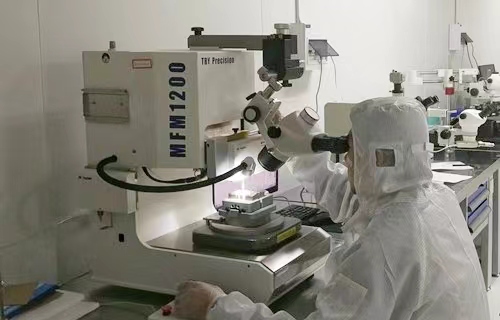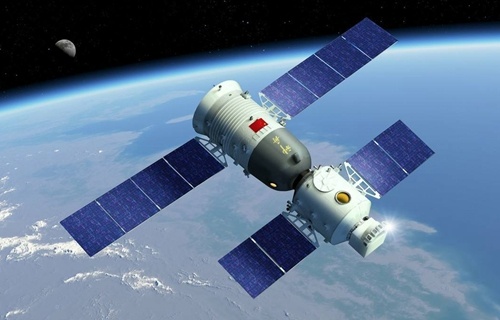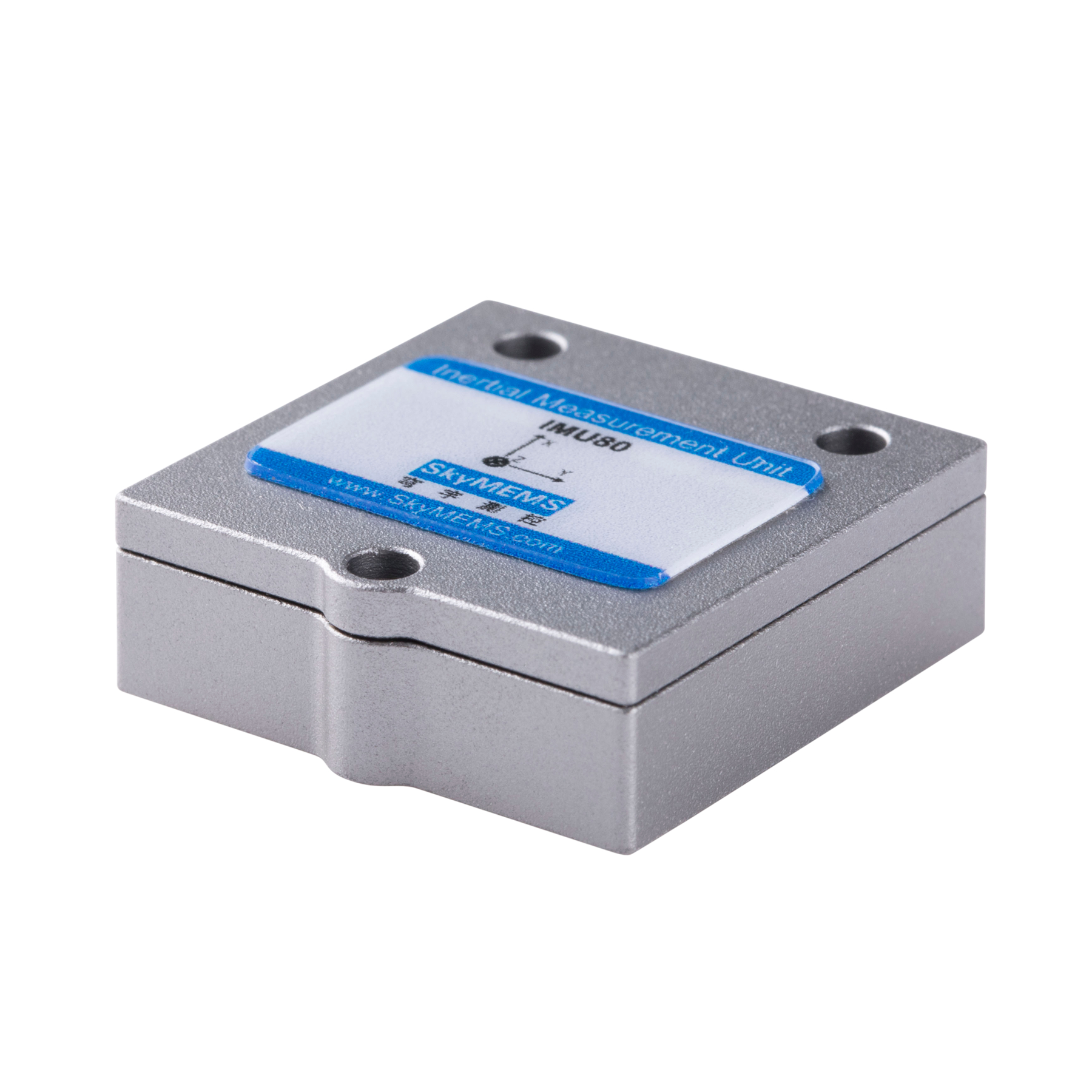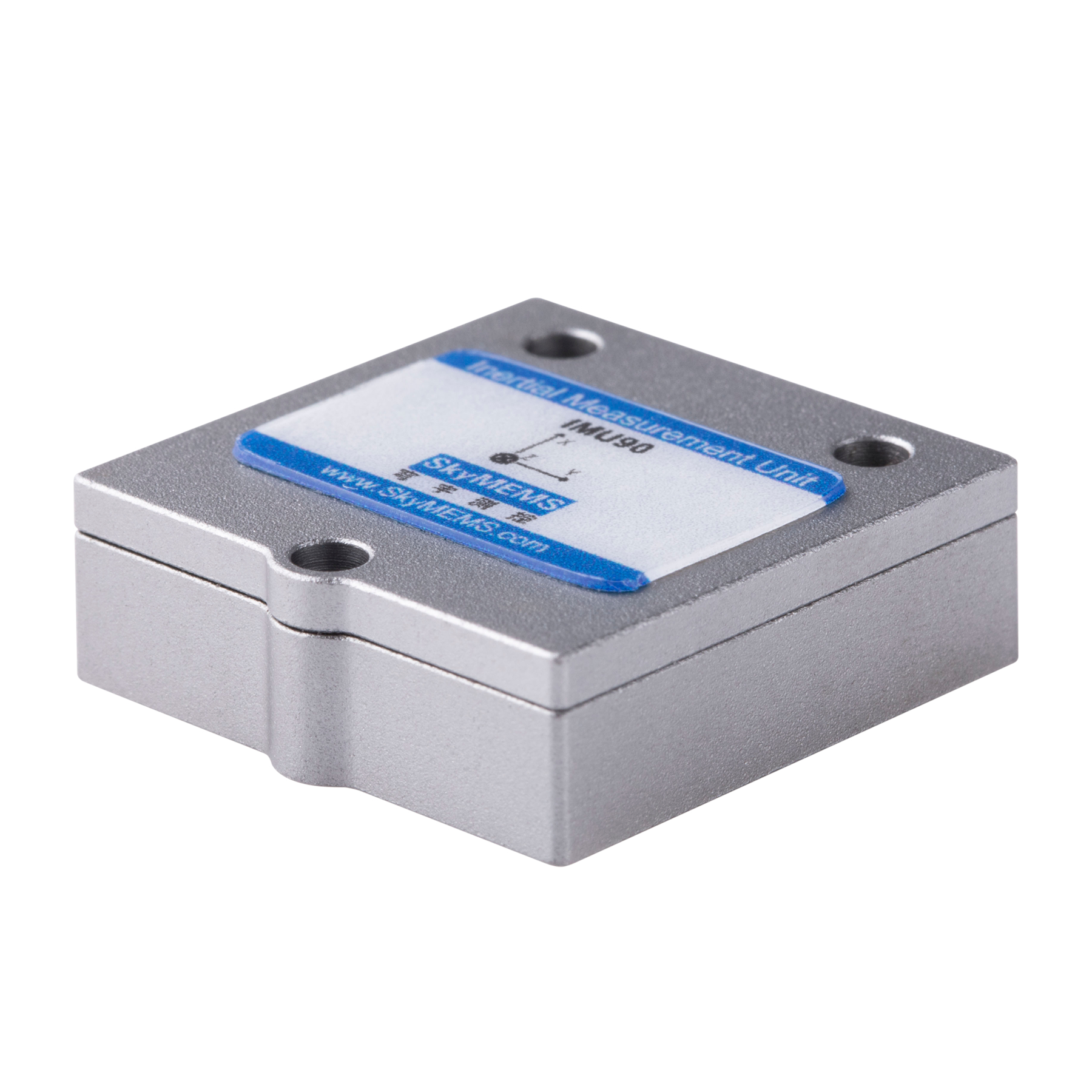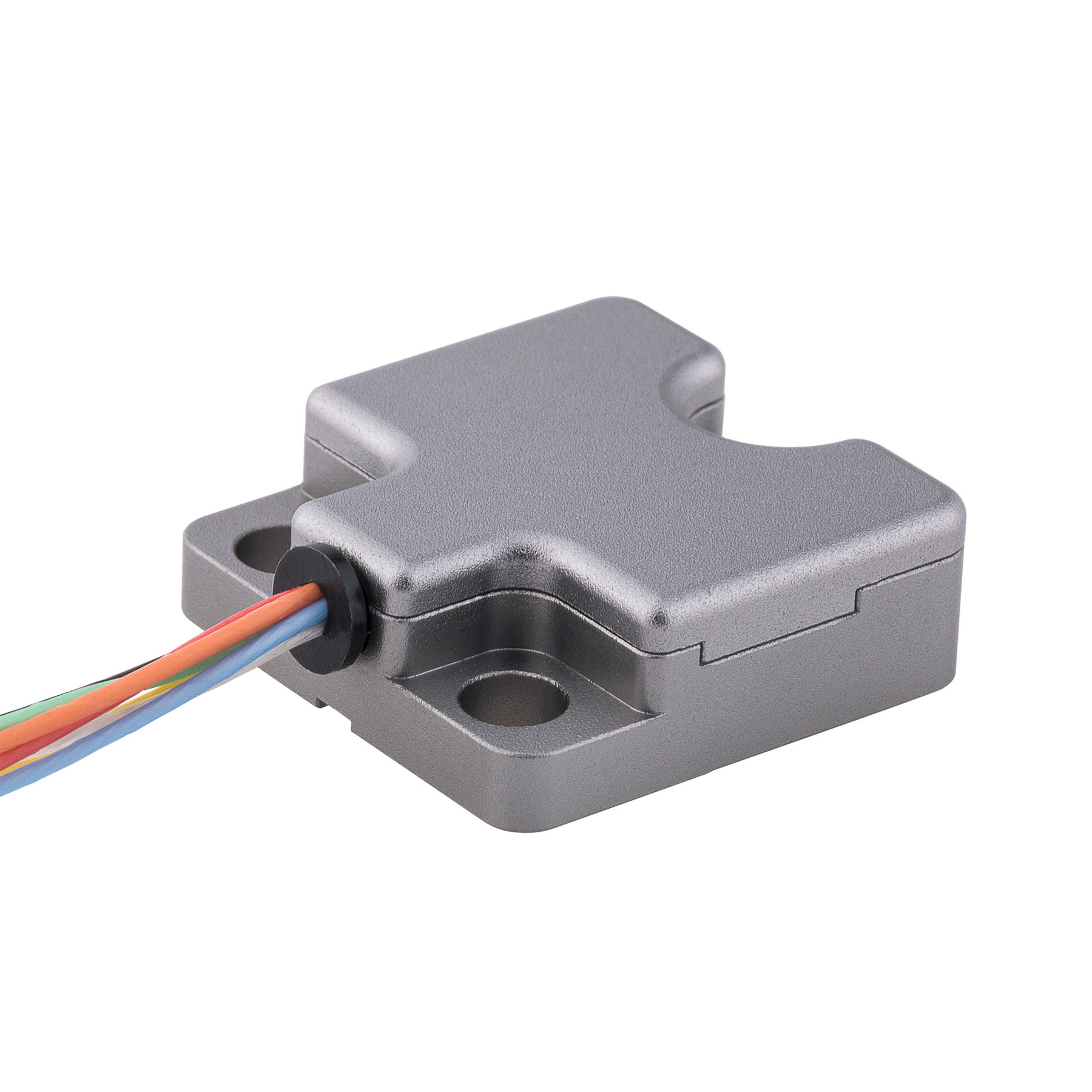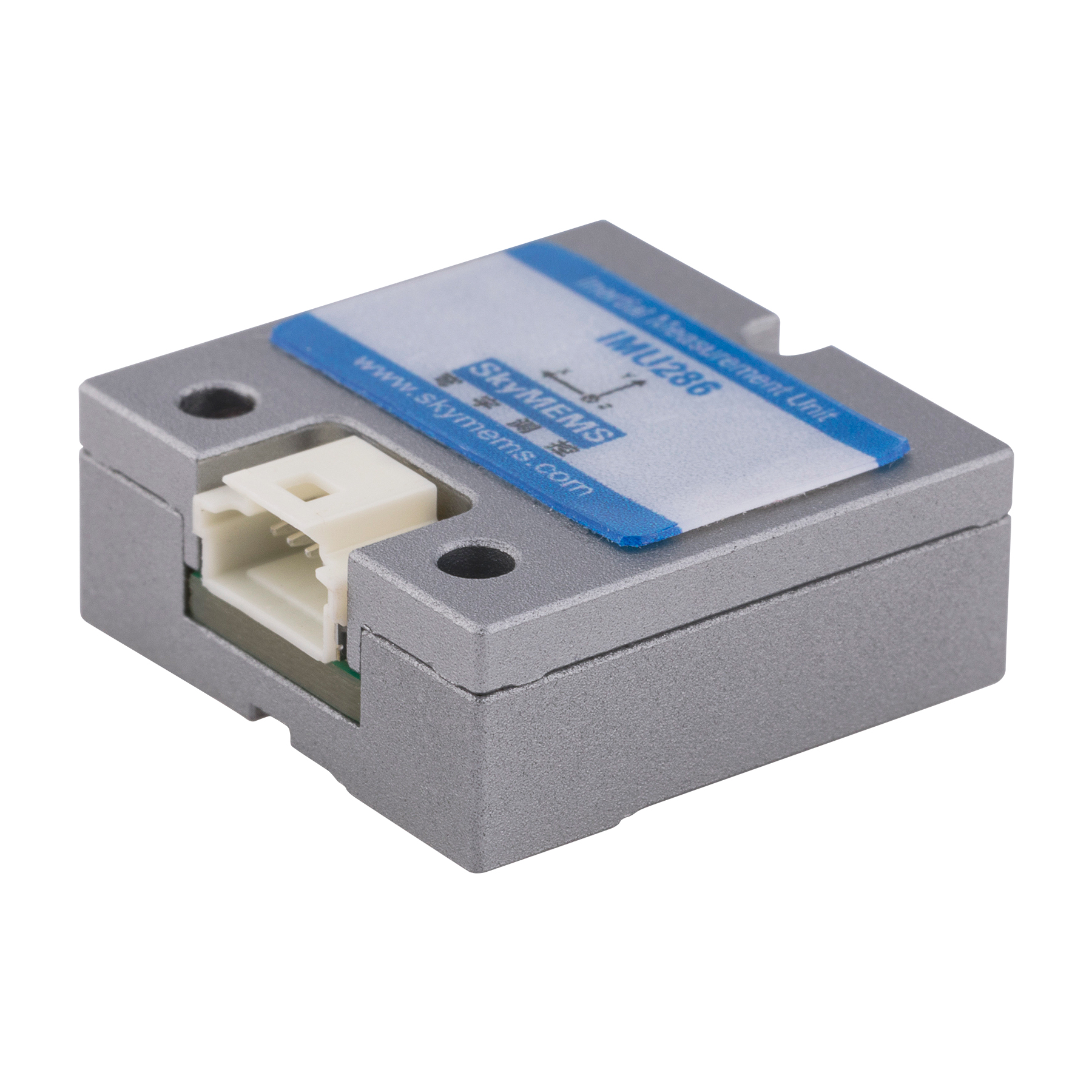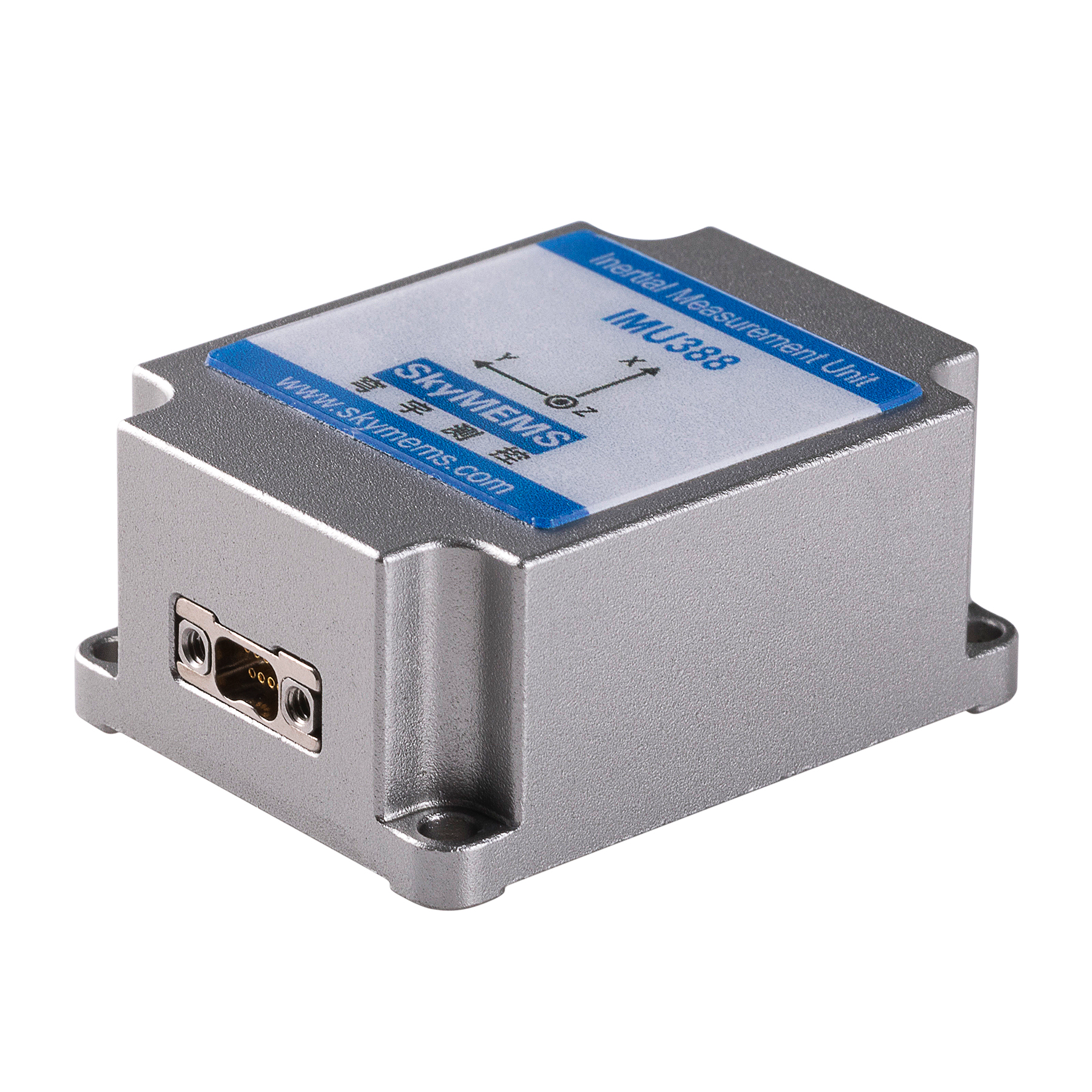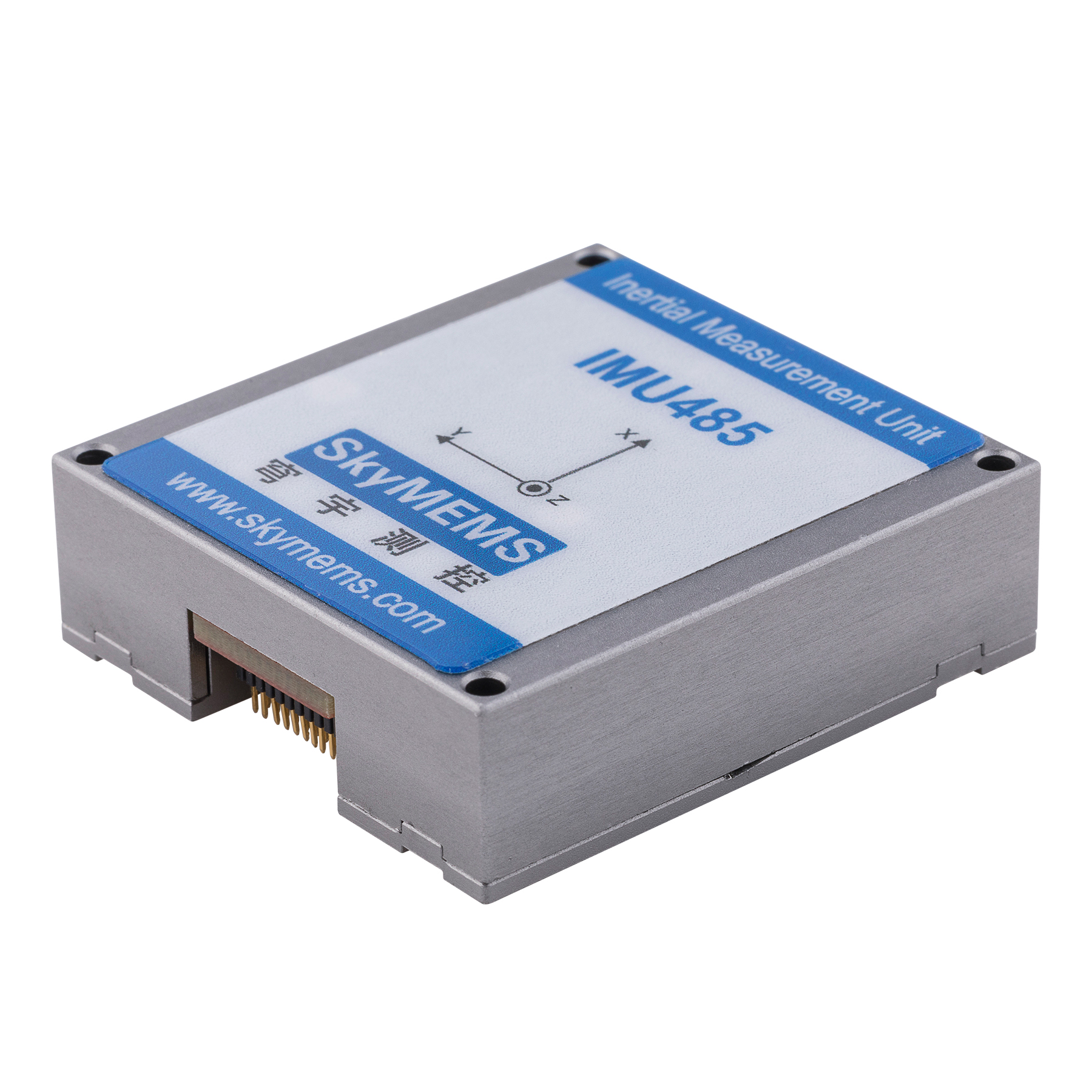As technology continues to advance, more and more innovative technologies have entered our lives, and one of them is quietly changing our world – inertial sensors. Although most of them are hidden in our mobile phones, cars, drones and other devices, their role is everywhere.
What is an inertial sensor?
In simple terms, an inertial sensor is a device that can sense and record the acceleration, rotation and direction changes of an object. They provide real-time feedback data to the device by capturing this motion information. We can compare them to the “moving eyes” in modern technology, always paying attention to the dynamics of objects, and providing accurate feedback even in the slightest changes.
The basic principle of inertial sensors
Imagine that the screen in your mobile phone can automatically rotate with your movements, which is exactly what the accelerometer does. The accelerometer responds by sensing the speed and direction changes of the device. When you turn your phone, the sensor inside detects the tiny acceleration changes and quickly adjusts the direction of the screen.
The working principle of inertial sensors is based on Newton’s first law, that is, any object will remain in its state of rest or uniform linear motion unless an external force acts on it. When the sensor is in motion, its internal mass cannot change immediately with the change of the external motion state due to the principle of inertia, thus generating a force or displacement in the opposite direction of the motion state inside the sensor. This tiny force or displacement is converted into an electrical signal output through micro-electromechanical system (MEMS) technology, thereby realizing the measurement of information such as acceleration, angular velocity and direction.
Types of inertial sensors
Inertial sensors are not a single device, but many different types of sensors work together. Common ones are:
Accelerometer: This sensor is responsible for measuring the acceleration of an object in a certain direction. The most common application is in mobile phones. It can sense the tilt angle of your phone, automatically adjust the direction of the screen, or help you sense the action in the game.
Gyroscope: Unlike accelerometers, gyroscopes measure the angular velocity and rotation direction of objects. It is widely used in drones and spacecraft to help devices stay stable and avoid loss of control or deviation from the course.
Magnetometer: Magnetometer is like a “compass”. It is used to sense changes in the earth’s magnetic field to help devices determine the direction. In smartphones, magnetometers can work with accelerometers and gyroscopes to achieve precise positioning and navigation.
When these sensors are combined, they form an inertial measurement unit (IMU), which can more comprehensively perceive the motion state of the device and provide more accurate control and navigation information.
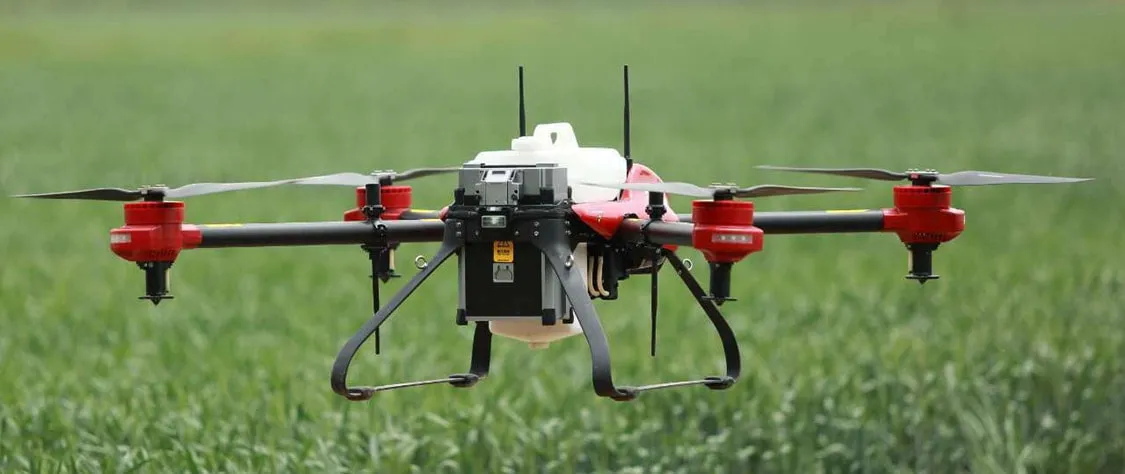
Wide application of inertial sensors
When it comes to inertial sensors, the most intuitive association may be smartphones. But in fact, their applications are far more than that. Let’s take a look at the performance of inertial sensors in other fields:
Mobile phones and wearable devices
Nowadays, smart devices such as mobile phones and watches are almost inseparable from inertial sensors. For example, the gyroscope and accelerometer in the mobile phone can help the screen rotate automatically, and can also provide motion data for health tracking devices. In smart watches, accelerometers can help measure steps, monitor exercise volume, and even identify incoming calls by detecting vibrations.
Intelligent cars
Inertial sensors are also widely used in cars. For example, in the **Electronic Stability Program (ESP)**, cars use inertial sensors to monitor whether the wheels are slipping in real time, and then adjust the stability of the vehicle to ensure driving safety. As autonomous driving technology develops, inertial sensors will work with other sensors to provide more accurate positioning and navigation services.
Drones and Robots
The flight stability of drones is inseparable from inertial sensors. By monitoring the flight attitude in real time, they can avoid rolling or losing control. In the field of robotics, inertial sensors help robots maintain balance, especially in complex terrain, and can provide precise motion control.
Aerospace
Inertial sensors play a particularly critical role in the aerospace field. Satellites, rockets, and spacecraft all need inertial sensors to provide accurate navigation data to ensure accurate positioning even without GPS signals. Even in deep space exploration, inertial sensors are also a core component for stable flight of spacecraft.
Military Uses
In the military field, inertial sensors also play an important role. The navigation systems of missiles and warships rely on inertial sensors to maintain the stability and accuracy of direction. In various extreme conditions, inertial sensors can provide reliable real-time data to ensure the efficient operation of military equipment.
Future Outlook: Smaller and Smarter
With the continuous advancement of technology, inertial sensors are moving towards intelligence and miniaturization. Now, many inertial sensors can provide more accurate and real-time motion state feedback through data fusion technology combined with artificial intelligence algorithms. Inertial sensor technology is moving towards intelligence and miniaturization. By combining AI algorithms and real-time data fusion technology, inertial sensors will be able to provide more accurate and real-time motion state feedback, injecting more powerful power into our navigation and control systems. At the same time, with the continuous advancement of MEMS technology, the size of inertial sensors will become smaller and smaller, but the performance will become more and more powerful, which will enable it to play a greater role in more application scenarios.
Inertial sensor technology is like a warrior who keeps climbing to the top, constantly breaking through himself, and opening up new possibilities for us. Whether in daily life or in the field of cutting-edge technology, it is silently providing us with accurate and reliable information support. Let us look forward to this magical technology bringing us more surprises and changes in the future!

